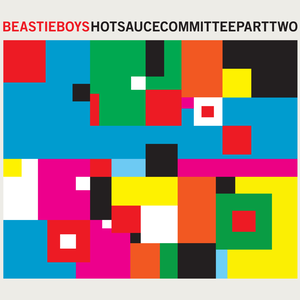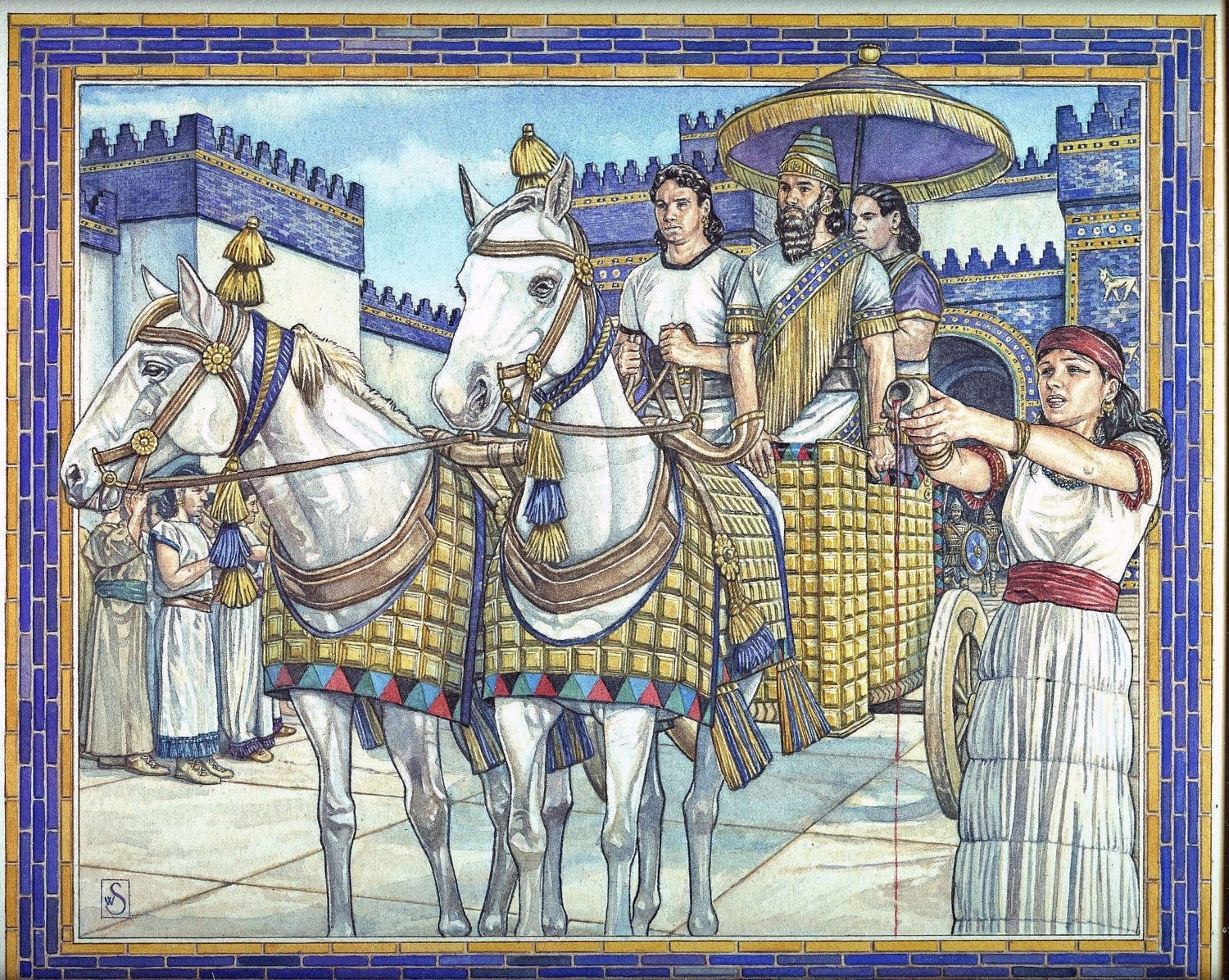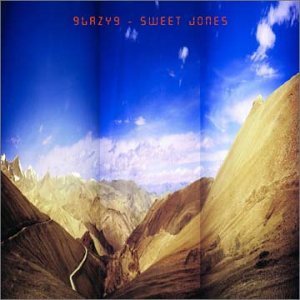Gents,
Since G’s proposed blog table wasn’t providing any further context to the # of wins by player that it was presenting, as promised, I’ve compiled the history of the blog entries into a spreadsheet, and then had a little bit too much nerdy accountant fun with it, in order to try to add that context.
Suffice it to say, the numbers still clearly show that G has been dominant (not quite as dominant as his original table suggested, but pretty darn close)!
Here’s a few tidbits that you may find interesting by doing a little bit of digging:
· 67 individual games
*** have been played in total since the start of the blog (excluding ad hocs, as they aren’t blogged). The most games played is by W (61), not G (60). The rest of us are as follows: K (48), Si (44), J (41), M (33), I/Sc/DT combined (10).
· G has won a staggering 47% of the games that he has played! He also has easily the most wins (28), by a wide margin. The rest of us are as follows: K (33%, 16), Si (23%, 10), W (13%, 8), J (7%, 3), M (6%, 2), I/Sc/DT (0%, 0).
· It ain’t too shabby finishing in 2
nd, particularly when we play 5 or 6 player games. Both W and J have mastered this, as W has the most 2
nd places (15), and Jason has the highest rate of 2
nd places for the games he’s played (29%). The complete listing, by rate: J (29%, 12), Si (27%, 12), W (25%, 15), M (24%, 8), G (23%, 14), K (13%, 6), I/Sc/DT (0%, 0).
***Since the data was there to do it, I compiled everything per individual game. So, on a night where let’s say 3 games of 7 Wonders were played, although the blog declares a single “winner of the night” (which is what G used for his initial table), my stats treat each of the 3 games as a separate game and therefore each winner of an actual standalone game gets credit for that win.
Now, the above is just an example of your everyday accountancy nerdism. To take the accountancy nerdism to the next level, I’ve created my own stat, which I have affectionately termed the “GAMER RATE”. Basically, I assigned “gamer points” to all 1st and 2nd place finishes, weighted appropriately depending on the number of players in the game. For instance, a 2nd place finish in a 3-player game earns you 0.25 gamer points, but a 2nd place finish in a 6-player game would earn you 0.5 gamer points (twice as many players, twice as many gamer points). Using this approach, I then totalled how many gamer points everybody has earned, as well as how many they could have earned had they won every game they had played, and then divided one by the other to get your “GAMER RATE”. In a nutshell, the higher the gamer rate, the more successful you have been. I like this approach because it gives some credit not only for wins but also for 2nd place finishes, but it also gives the necessary context because each person’s rate is based on not only the number of games that they actually played in, but also whether those games were 3-player or 4-player or 5-player or 6-player games (so a player is not disadvantaged by having played 20 less games than another player and having predominantly played in the tough 5 or 6 player games, since those facts are directly factored into the determination of their rate). TOLD YOU I WENT FULL ACCOUNTANT NERD ON THIS!
Anyhow, everybody’s current gamer rates are at the far right of the following table:
PLAYER
|
# of GAMES PLAYED
|
WINS
|
SECONDS
|
Top-2s
|
TOTAL GAMER POINTS
|
POSSIBLE GAMER POINTS
|
GAMER RATE
|
G
|
60
|
28
|
14
|
42
|
24.80
|
44.50
|
55.7%
|
K
|
48
|
16
|
6
|
22
|
12.90
|
35.40
|
36.4%
|
Si
|
44
|
10
|
12
|
22
|
12.30
|
34.30
|
35.9%
|
W
|
61
|
8
|
15
|
23
|
10.15
|
44.90
|
22.6%
|
J
|
41
|
3
|
12
|
15
|
7.15
|
32.10
|
22.3%
|
M
|
33
|
2
|
8
|
10
|
4.70
|
26.60
|
17.7%
|
I
|
4
|
0
|
0
|
0
|
0.00
|
3.40
|
0.0%
|
Sc
|
4
|
0
|
0
|
0
|
0.00
|
3.20
|
0.0%
|
DT
|
2
|
0
|
0
|
0
|
0.00
|
2.00
|
0.0%
|
From M:
I still say what's most important is personality. Could you do my report cards next time K?
From K:
Updated:
PLAYER
|
# of GAMES PLAYED
|
WINS
|
SECONDS
|
Top-2s
|
TOTAL GAMER POINTS
|
POSSIBLE GAMER POINTS
|
GAMER RATE
|
Personality
|
Potato Chip Consumption Efficiency
|
THE Y QUOTIENT
|
M
|
33
|
2
|
8
|
10
|
4.70
|
26.60
|
17.7%
|
99.1%
|
-40%
|
76.8%
|
G
|
60
|
28
|
14
|
42
|
24.80
|
44.50
|
55.7%
|
1.0%
|
20%
|
76.7%
|
Si
|
44
|
10
|
12
|
22
|
12.30
|
34.30
|
35.9%
|
3.0%
|
15%
|
53.9%
|
K
|
48
|
16
|
6
|
22
|
12.90
|
35.40
|
36.4%
|
2.0%
|
10%
|
48.4%
|
W
|
61
|
8
|
15
|
23
|
10.15
|
44.90
|
22.6%
|
4.0%
|
20%
|
46.6%
|
J
|
41
|
3
|
12
|
15
|
7.15
|
32.10
|
22.3%
|
5.0%
|
15%
|
42.3%
|
I
|
4
|
0
|
0
|
0
|
0.00
|
3.40
|
0.0%
|
0.0%
|
0%
|
0.0%
|
Sc
|
4
|
0
|
0
|
0
|
0.00
|
3.20
|
0.0%
|
0.0%
|
0%
|
0.0%
|
DT
|
2
|
0
|
0
|
0
|
0.00
|
2.00
|
0.0%
|
0.0%
|
0%
|
0.0%
|




















.jpg/220px-Apostrophe_(').jpg)

:format(jpeg):mode_rgb():quality(96)/discogs-images/R-58659-1389200309-1227.jpeg.jpg)








